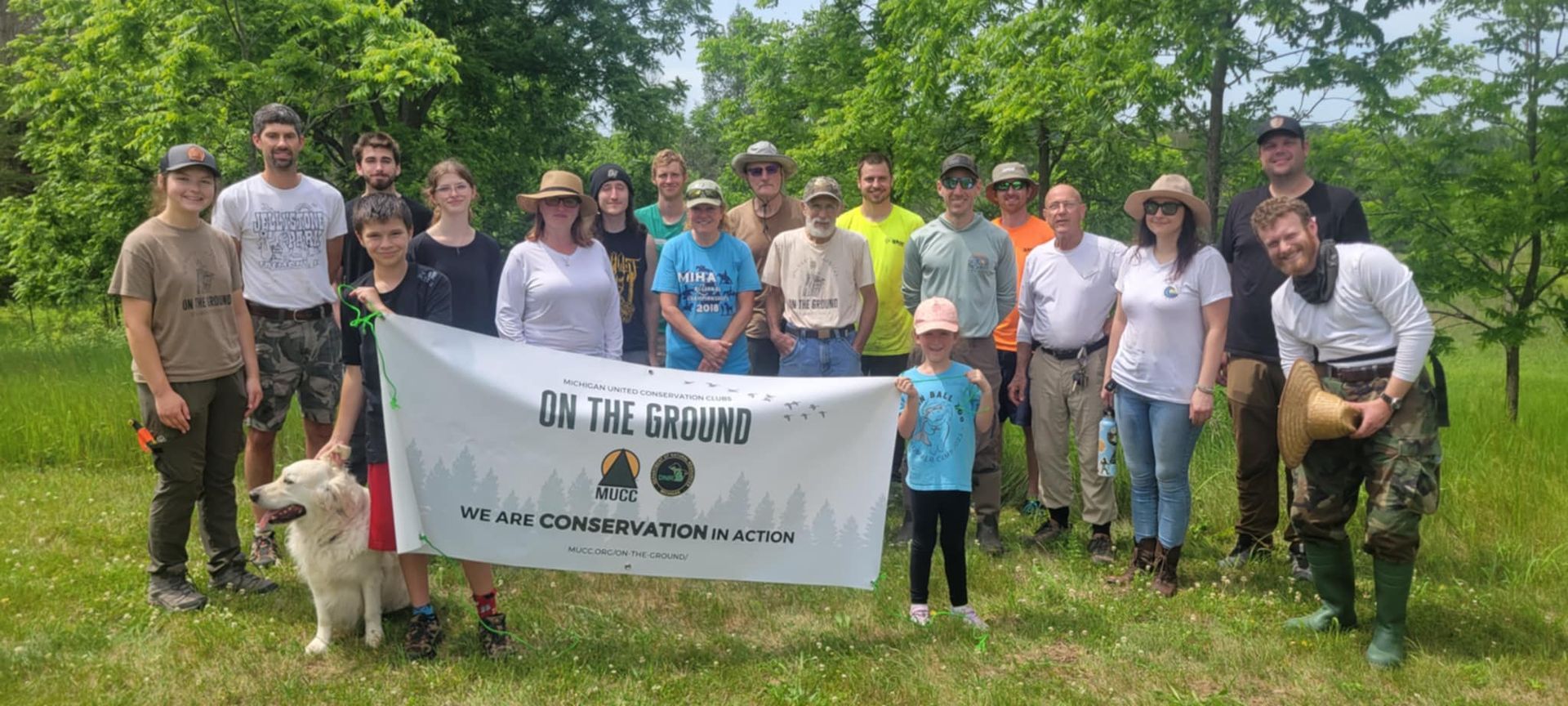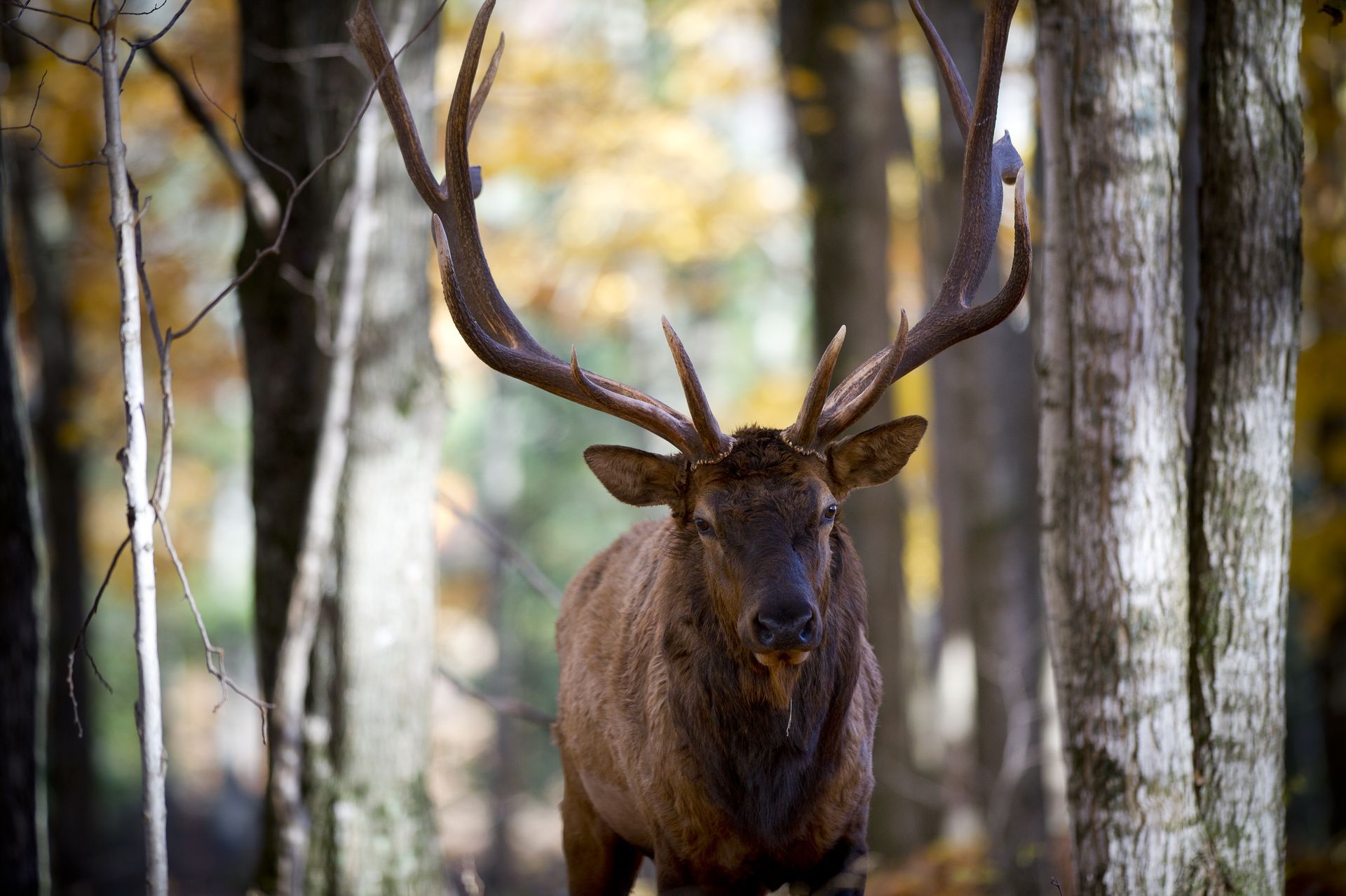DNR Announces Plans for 2022 Pheasant Release
The Department of Natural Resources (DNR) announced its 2022 pheasant release plan Friday, following Gov. Whitmer’s approval of a $100,000 appropriation for the program this week.
The DNR will not be using additional supplemental funds during the 2022 season, meaning $50,000 will be spent this year and $150,000 for the 2023 release. This means roughly 2,000 birds will be released in 2022.
DNR Upland Game Specialist Adam Bump said this gives the department and stakeholders more flexibility in growing the program in the coming seasons.
“Ramping the program up this way also paves the way for funding the program at levels that match annual revenue generated by the pheasant license through the budget process.” Bump said, “What that means from a practical standpoint is funding levels will be known well in advance allowing for time to plan, adapt and promote the hunt each year without all the uncertainty that we saw for this year.”
Michigan United Conservation Clubs (MUCC) is disappointed that the delayed supplemental appropriations process resulted in a significantly smaller release this season, but stakeholders must make the 2023 season the best it can be, said MUCC Executive Director Amy Trotter.
“A more limited release, with fewer birds is not what anyone wanted for the 2022 season. We are all disappointed,” Trotter said. “Moving forward, we know that funds will be available and do not have to plan using hypothetical dollars. Our hope is that the release will continue to grow into the robust program we all want it to be.”
According to a DNR press release , pheasants will be released during the Oct. 20-Nov. 14 regular pheasant season on nine state game areas throughout Southern Michigan:
Cornish (Cass County).
Crow Island (Bay and Saginaw counties).
Erie (Monroe County).
Lapeer (Lapeer County).
Leidy Lake (St. Joseph County).
Pinconning Township (Bay County).
Pointe Mouillee (Monroe and Wayne counties).
Rose Lake (Clinton and Shiawassee counties).
St Johns Marsh (St. Clair County).
A base license and a pheasant license are required to hunt Lower Peninsula public lands and Hunter Access Program lands, and all regular hunting regulations apply. The bag limit for pheasant hunting season statewide is two male pheasants daily, with four in possession. These restrictions apply at release locations.
To ensure our natural resources remain protected and managed thoughtfully in perpetuity, join Michigan United Conservation Clubs today: http://bit.ly/JoinMUCC .
The post DNR Announces Plans for 2022 Pheasant Release appeared first on Michigan United Conservation Clubs.
Recent Posts



